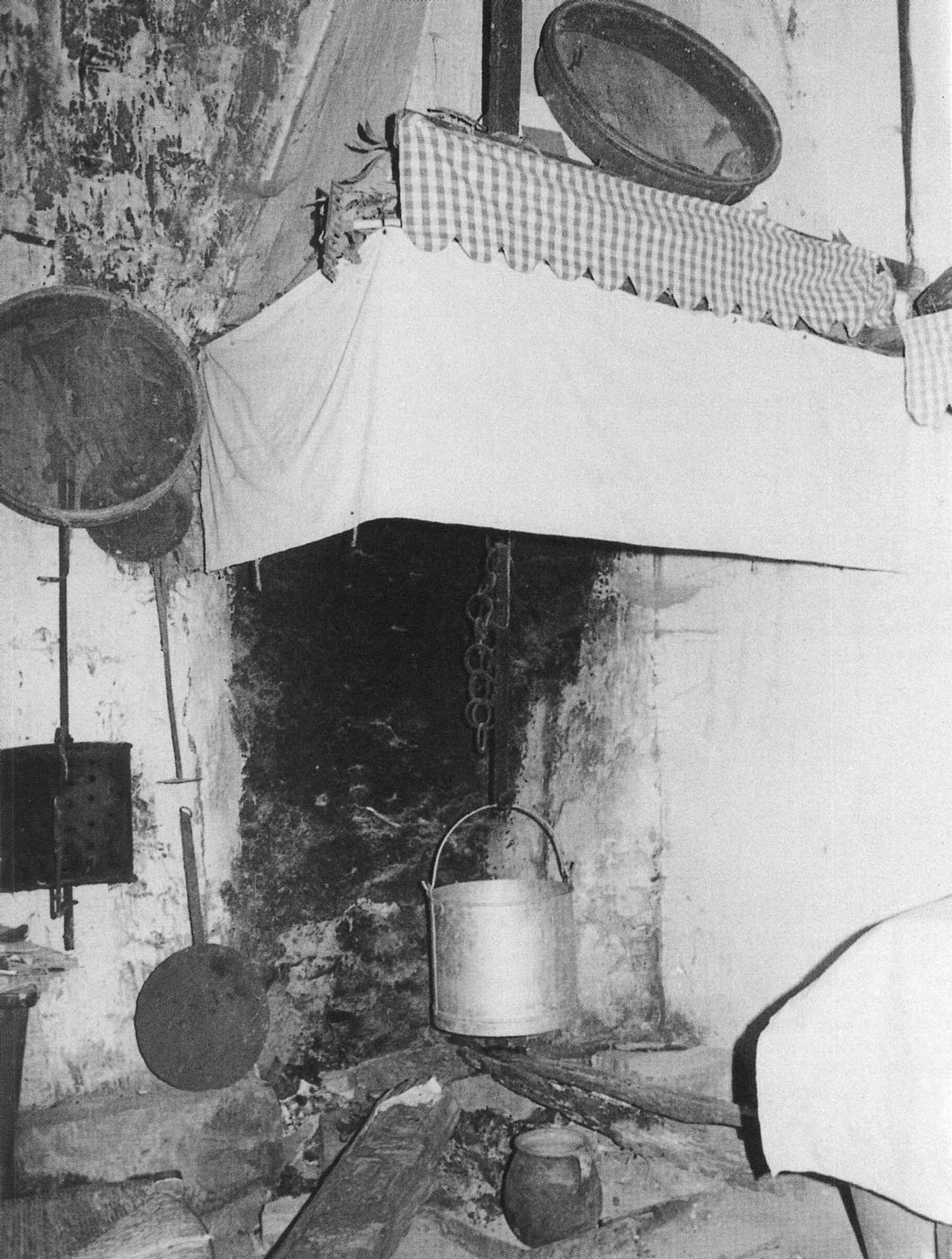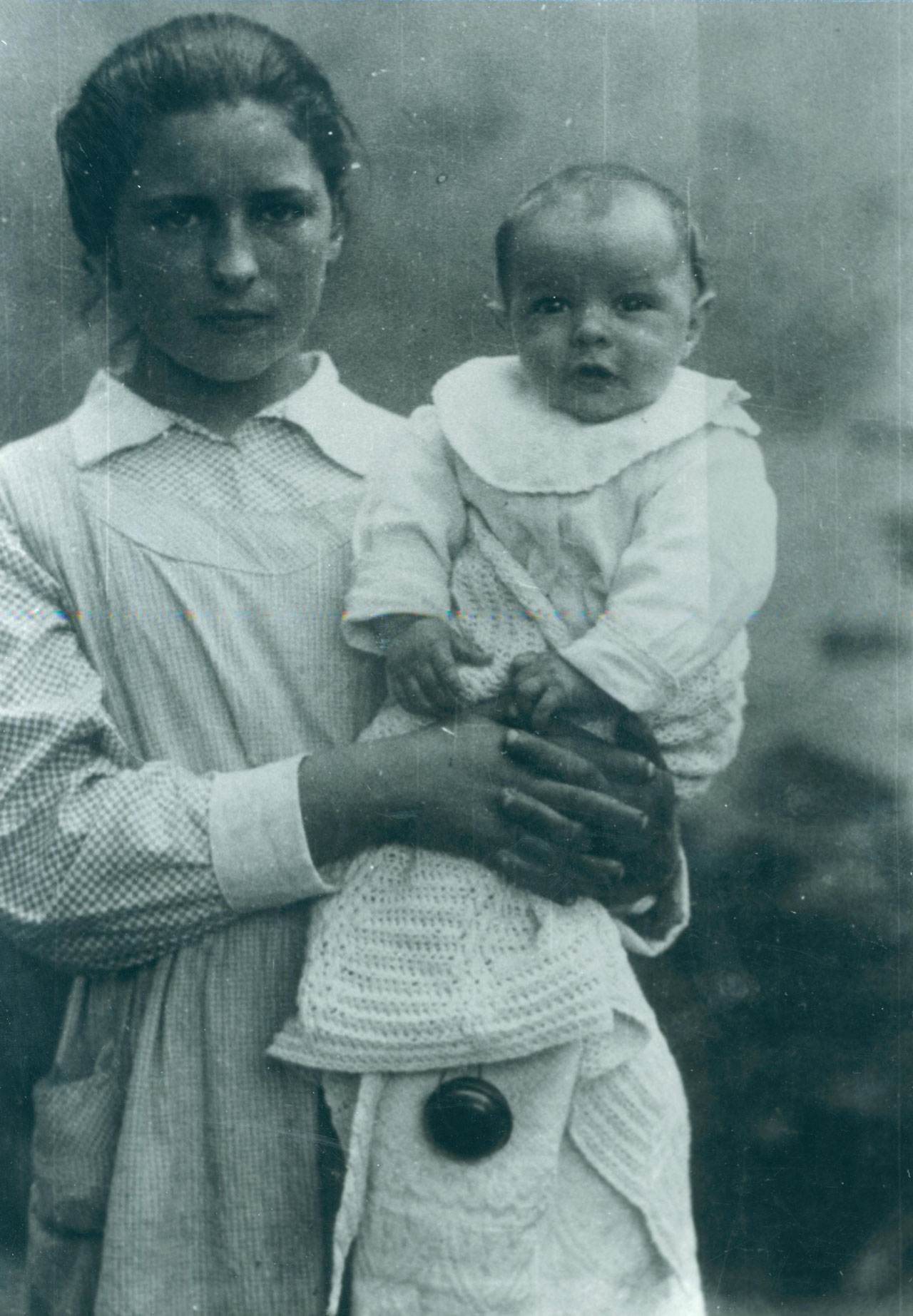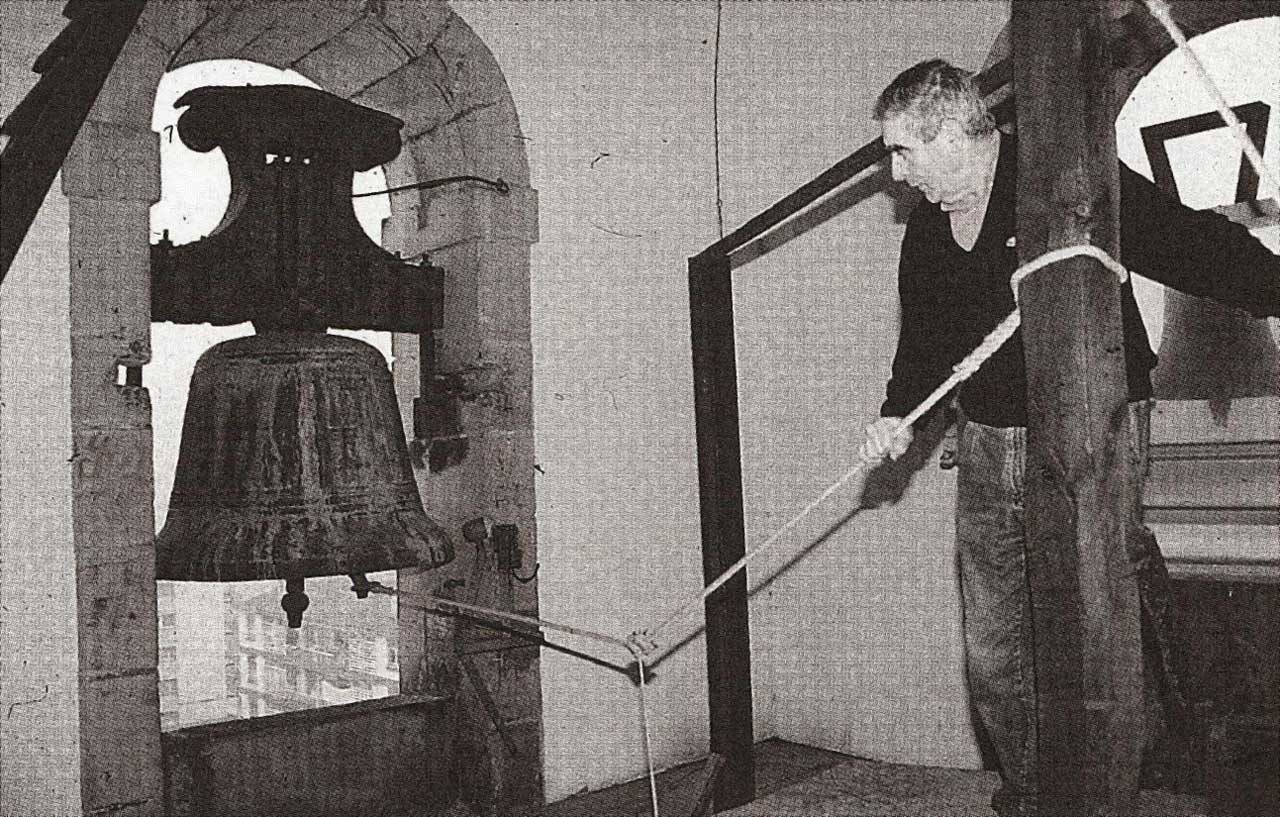Diferencia entre revisiones de «Main Page/en»
De Atlas Etnográfico de Vasconia
| Línea 7: | Línea 7: | ||
===[ganaderia|Ganadería|/atlas/cabecera/Arreoa-erakusten-Bidegoian-1957.jpg|Exhibition of the bridal trousseau. Bidegoian (G), 1957. Source: Ana Larrarte, Etniker Euskalerria Groups.]=== | ===[ganaderia|Ganadería|/atlas/cabecera/Arreoa-erakusten-Bidegoian-1957.jpg|Exhibition of the bridal trousseau. Bidegoian (G), 1957. Source: Ana Larrarte, Etniker Euskalerria Groups.]=== | ||
===[ganaderia|Ganadería|/atlas/cabecera/Caserio-Zurutuza-Zeanuri-1925.jpg|Zurututza Farmhouse. Zeanuri (B), c. 1925. Source: Labayru Fundazioa Photograhic Archive: Felipe Manterola Collection.]=== | ===[ganaderia|Ganadería|/atlas/cabecera/Caserio-Zurutuza-Zeanuri-1925.jpg|Zurututza Farmhouse. Zeanuri (B), c. 1925. Source: Labayru Fundazioa Photograhic Archive: Felipe Manterola Collection.]=== | ||
| − | ===[ganaderia|Ganadería|/atlas/cabecera/ | + | ===[ganaderia|Ganadería|/atlas/cabecera/Carro-de-boda-y-comitiva-nupcial-camino-del-caserio-Izagirre-Bidegoian-1957.jpg|Trousseau escorted by wedding entourage on their way to Izagirre Farmhouse. Bidegoian (G), 1957. Source: Martín Photographic Studio.]=== |
| − | ===[ganaderia|Ganadería|/atlas/cabecera/ | + | ===[ganaderia|Ganadería|/atlas/cabecera/Segizioa-elizan-sartzen-Zerain-1965.jpg|Funeral procession entering church. Zerain (G), 1965. Source: Karmele Goñi, Etniker Euskalerria Groups.]=== |
===[ganaderia|Ganadería|/atlas/cabecera/Calabazas-para-el-ganado-Lezama-1990.jpg|Pumpkins for the livestock. Lezama (B), 1990. Source: Labayru Fundazioa Photograhic Archive: José Ignacio García Muñoz.]=== | ===[ganaderia|Ganadería|/atlas/cabecera/Calabazas-para-el-ganado-Lezama-1990.jpg|Pumpkins for the livestock. Lezama (B), 1990. Source: Labayru Fundazioa Photograhic Archive: José Ignacio García Muñoz.]=== | ||
Revisión del 09:34 10 mar 2020
Hearth, wood-burning stove and butane cooker. Neighbourhood of Aiuria (Muxika-B), 2011. Source: Segundo Oar-Arteta, Etniker Euskalerria Groups.
House and Family in the Basque Country


House and Family in the Basque Country
Etxe onak, txingar ona. A good fire in a good home.
Family Diet in the Basque Country


Family Diet in the Basque Country
Sueteko laratzak jakiten dau etxeko barri. People show their true colours at home.
Children’s Games in the Basque Country


Children’s Games in the Basque Country
Txikia banintzen, handia banintzen, maiatzerako burutu nintzen. Riddle
Traditional Medicine in the Basque Country


Traditional Medicine in the Basque Country
Osasun ona eukiteko, oiloekin ohera eta txoriekin jaiki. Early to bed and early to rise makes a man healthy, wealthy and wise.
Nursemaid. Zeanuri (B), 1924. Source: Labayru Fundazioa Photograhic Archive: Felipe Manterola Collection.
Rites from Birth to Marriage in the Basque Country


Rites from Birth to Marriage in the Basque Country
Until the mid-twentieth century women gave birth at home with the help of a midwife and women relatives and neighbours. Giving birth was almost exclusively a female domestic occasion exclusively concerning females.
Funeral Rites in the Basque Country


Funeral Rites in the Basque Country
Tolling the bell was a very effective way of announcing the death in rural settlements.
On the move to the summer pastures in Gorbeia, 2006. Source: Antxon Aguirre, Etniker Euskalerria Groups.
Livestock Farming and Shepherding in the Basque Country


Livestock Farming and Shepherding in the Basque Country
Traditional shepherding and free-range livestock husbandry have prevailed on regions where these three requisites are satisfied: communal land, open-access rights, and free movibility for herds.
Agriculture in the Basque Country


Agriculture in the Basque Country
Ezkur urte, laborte urte. Acorns a plenty, a year of prosperity.
,-2011.jpg)







